

I have a friend who recently got into football cards. And when I say got it, I meant he got in. He picked up incredibly low rookie autographs – many 1 of 1s – of players like Patrick Mahomes, Josh Allen, Joe Burrow, Justin Herbert, and others. Basically, anybody worth collecting is probably an RPA in my friend’s collection.
He also recently went to a very big card show, and when he came back, he wanted to meet up and chat about what he saw.
His takeaway?
“The cards that everybody wants are not the cards I’d expect everybody to want.”
We talked about what this meant, and it made me think quite a lot about the factors that determine the “value” of a card. Not to say his cards are not valuable (trust me, they are), but they might not be as valuable to the “masses” as one would assume.
So with that in mind, here’s my look at the top ten things that determine whether or not a card is valuable.
This is hands-down the number one determinant of value, for better or worse. As my friend put it, “The majority of collectors were more interested in the colored versions of the chromium cards than anything else on the showroom floor.”
That’s a pretty good assessment. If I were to name the three top brands for football and basketball cards, I’m pointing to Prizm, Optic and Select. Not Flawless or National Treasures – two boxes that cost thousands of dollars and only contain 8 – 10 cards.
Why?
It’s hard to say definitively, but collectors have been moving more and more towards the opti-chrome mid-value brands than the high-end brands.
Have you ever noticed how the movies that win Oscars are typically not those that gross the highest? A new Spider-Man or Star Wars movie might rake in tons of money but not win any awards.
I think the same holds true for cards. People like the “eye-candy” of the optichrome cards and more collectors are able to pick them up because they have retail versions.
In some ways, the most popular brands of cards are like pop culture – made for the masses.
This can go too far, too. Many brands have very little long-term value because they’re overproduced and watered down at the retail level. Avoid Hoops, Score, Prestige, Absolute and other low-end retail brands.
READ: Learn about how the C3PO error card came to be.
The type of card matters a lot, too.
For example, straight memorabilia cards (especially those with a tissue-white jersey swatch) might be a favorite for young collectors, but they don’t hold any real value. A Joe Burrow Prizm rookie sells for more than a Joe Burrow Prizm jersey card.
Autographs have more value, particularly on-card autos. Sticker autographs are not blacklisted by any means, especially since most brands have sticker autographs anyways by now, but on-card is preferred when possible.
A rookie patch autograph (RPA) is one of the most popular types of cards and has a more high-end feel to it, especially depending on the brand. These cards can be eye-catching and artful.
But the most valuable type of card in 2022? Much like my friend said, it’s the parallel. In particular, it’s a low-numbered parallel of an opti-chrome card. If you have the right player, these can go for major dollars.
Collectors who want to be particularly safe buy graded cards as opposed to grading themselves. And as I’ve written about in another Cardlines story, PSA 10 cards can sell for as much as 5 or 6 times the amount as a raw card.
Even if your card is in perfect condition, it will be a much tougher sell if it’s raw. A PSA or BGS graded card is not only a stamp to certify that the card is in mind condition – it’s also a guarantee of its authenticity, too.
While I said the brand is the number one determinant of value, there’s a loophole here. Technically, the player on the card is the most important element that goes into determining the value of a card, but that is so on-the-nose obvious that I decided to leave it out of the #1 spot.
Still, it’s worth mentioning. Collectors prefer chasing rookie cards of the top players. That’s the top tier of cards to hunt. Next up, you look for high-upside rookies or legendary veterans (think LeBron, Steph, Tom Brady, Luka and Mahomes).
After that, most of the cards don’t have much value. Collectors don’t hunt third-year veteran cards or undrafted rookies, although once in a blue moon the latter will take off and become a big-time card.
The more low-numbered a card is, the more it is worth. This, in particular, is true in relation to the other cards of the set. For example, a /99 Prizm of LeBron will be worth more than a /199 Prizm of LeBron.
The catch is that there are times when different brands have different values despite the numbering. A /25 Prestige rookie autograph, for example, will typically be worth less than a /99 Optic rookie auto – brands make that big of a difference.
Still, a good rule of thumb is to collect as many low-numbered cards as you possibly can. If they’re serial numbered they can’t be overprinted.
The player’s market also impacts the value of the card. Rookies and players from the big market, popular teams (think the Lakers) get a lot more screen time and media coverage than rookies from small-market teams.
Josh Giddey was amazing this year in OKC. Did you watch him play an entire game? Probably not.
For better or worse, that impacts the value of the cards. While a Cade Cunningham rookie is still worth quite a bit right now, it would be worth even more if he were playing in Chicago than Detroit.
This one might seem unfair, but the overall state of the economy impacts card value a lot, too. When the economy is in good shape and people have more disposable income (or investable funds), the card market will balloon. When people are more worried about the necessities in life, the market falls.
The 2020’s sports card explosion was an example of macro-forces affecting the card market. Basically, a pandemic stopped all live sports so the people who threw lots of money at sports betting had nothing to bet on.
Except… they did. Cards became the new gambling and a lot of sports gambling money flowed into the hobby, taking it to new heights.
The phrase “beauty is in the eye of the beholder” holds true in the card market. Every card, no matter how big or small, holds value to certain collectors.
That said, the cards that are highly chased by the masses and seen as valuable among the majority of the collectors have a pretty basic rule to follow: get a low-numbered parallel of a good player and an opti-chrome brand. If you can check those three boxes, you’ll be safe.
The card market moves in big swings, though, so it’s not impossible to imagine a future where RPA’s vault ahead of opti-chrome rookies, or perhaps patch cards make a resurgence.
The one sure thing? No matter what the future holds, Cardlines will keep you covered on all the trends.
Let us know your thoughts on Twitter at @card_lines.
I deep-dove on Fanatics Collect so you don't have to (but should you?)
Panini is launching a WNBA Product at $30,000!?
Topps Chrome 2024-25 Basketball: Honest Review and Notes
Did you know this SECRET about PSA slabs? #sportscard #tcg
5 EASY tips to make more money on eBay sports cards.
I opened a sports card mystery box and found something AWESOME inside
The SAD story of Collectable. What went wrong? (The Downfall Fractional Sports Card Investing)
what was Panini doing? 🙄

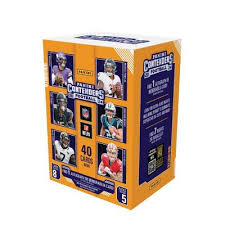
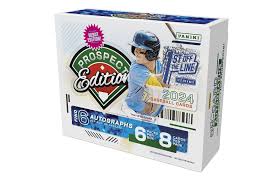
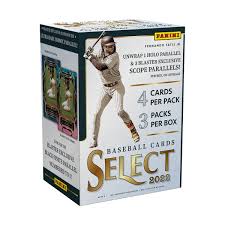
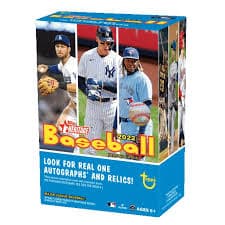
2022 Topps Heritage Baseball Blaster Box Configuration: 7 Packs per Box – 9 Cards per Box. Plus 1 extra pack.
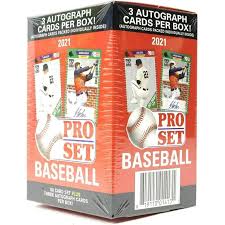
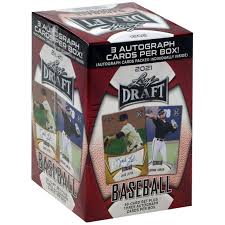
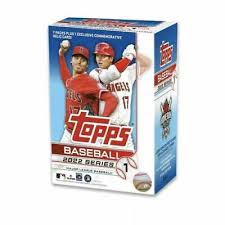
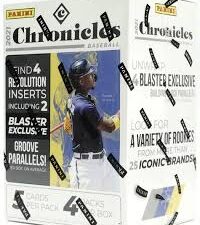
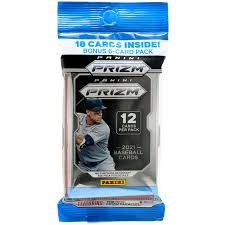
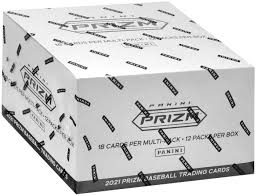

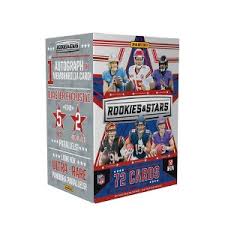
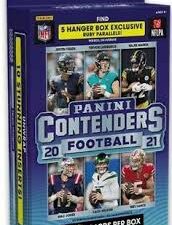
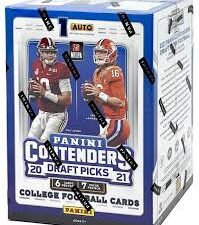
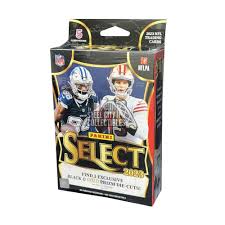
Keep up on breaking Sports Card News, our latest articles, product specials and exclusive content with expert analysis of hobby trends.

© Copyright 2025 - All rights reserved Cardlines.com / Media Techs LLC - Sports Card News, Reviews, Releases and BREAKS - #thehobby.
Important: When you click on links to various merchants on this site and make a purchase, this can result in this site earning a commission. Affiliate programs and affiliations include, but are not limited to, the eBay Partner Network.
I Tested eBay Auction Promotions So You Don’t Have To!
Cardlines 8 hours ago